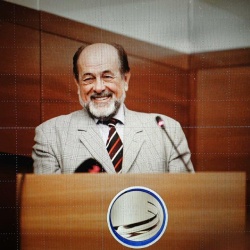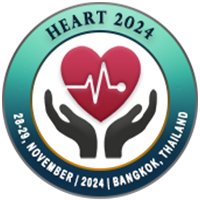
Djuro Koruga
NanoWorld AG, SerbiaTitle: Psychocardiology and biological quantum entanglement
Abstract
The motivation for measuring the
paramagnetism of human blood in this study was to see how long blood can remain
in a vital biophysical state at room temperature. Twelve healthy subjects,
seven women and five men, aged between 30 and 60, participated in the study. 5 ml of arteries blood was taken from them, 3 ml for biochemical analysis, and 2 ml for paramagnetism study. On the first day of measurement, the
paramagnetic average value of the blood (all subjects), was in the range of
20.16 pT ± 3.20 pT. For the next 14 days, the
blood paramagnetism values ??for all volunteers were in the range as it was the
first day but on the 15th day, in the blood samples of two subjects they
suddenly noticed a very high value of paramagnetism, subject #4
to 110pT±4.5 pT and subject #9
to 250 pT±5.6 pT. This serendipity event
immediately aroused our attention and we determined that these two people that
day had a heated discussion with a high degree of anger. Over the next ten
days, the value of blood paramagnetism in the other 10 subjects remained within
normal limits, while these two slightly decreased in the case of these two
people with anger and emotional stress. This “strange” event at a distance (about 5
km), between a person and their 15-day-old blood sample, we recognized as a
biological quantum entanglement (“spooky action on a distance”), because not
only 3d-shell electronic states of
the iron ion of the hemoglobin active center participates
in it, but also a very complex hemoglobin’s molecular an energy-informational code for
cooperativity. This,
“psycho cardiology on distance” phenomenon and similar experiments with quantum entangled
pairs are opening the possibility to extend current research in quantum information
science in both physics and biological systems.
Biography
TBA soon...

